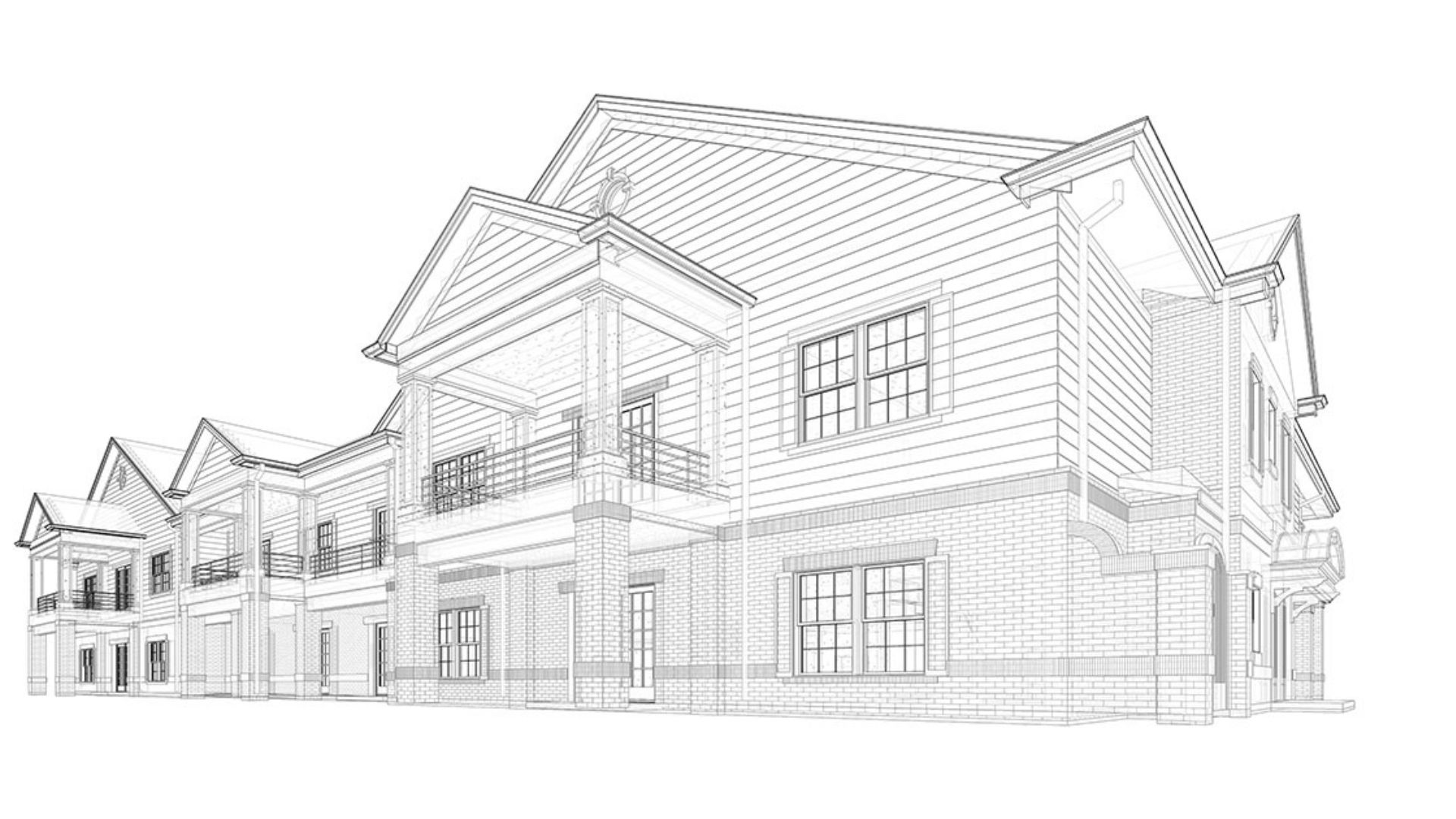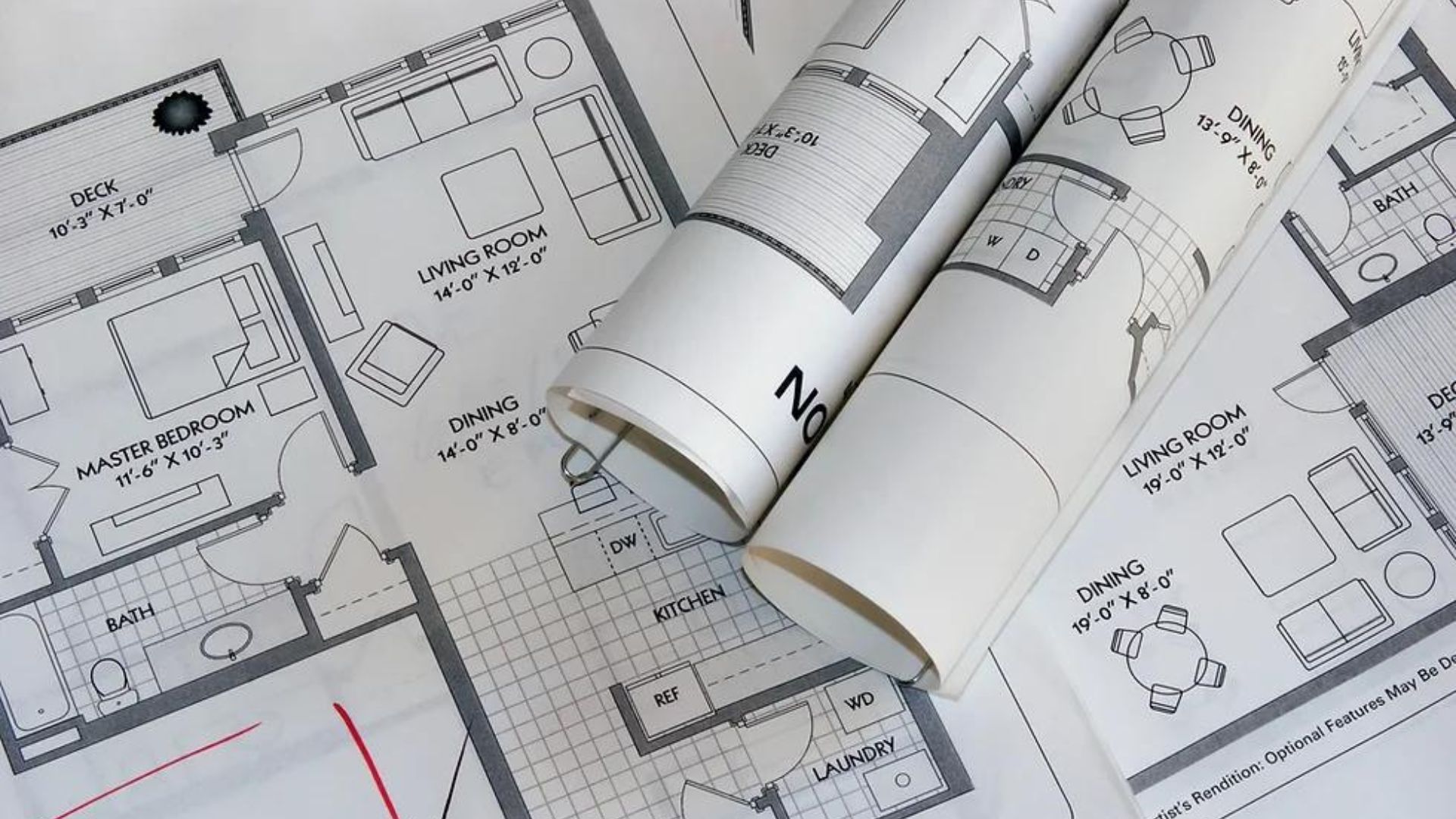Architectural drawings or plans serve as the blueprint for the built environment, translating the visions of architects and designers into tangible plans and structures. From the initial sketches to the detailed schematics, architectural drawings play a crucial role in every stage of the design and construction process. In this comprehensive guide, we’ll explain the various types of architectural drawings, exploring their uses, techniques, and significance in shaping the world around us.

The Importance of Architectural Drawings
Before a building can take shape, it exists first as an idea in the mind of an architect. Architectural plans serve as the visual representation of these ideas, allowing designers to communicate their concepts to clients, engineers, contractors, and other stakeholders involved in the project. Whether it’s a residential home, commercial building, or public space, architectural drawings provide the essential framework for bringing architectural visions to life.
Types of Architectural Drawings
Floor Plans
Floor plans are perhaps the most fundamental type of architectural plan, providing a bird’s-eye view of a building’s layout and spatial organization. These drawings outline the arrangement of rooms, walls, doors, windows, and other architectural elements within a structure. Floor plans are essential for understanding the flow and functionality of a space and serve as the basis for further design development.
Elevations
Elevations are two-dimensional representations of the exterior facades of a building, showing the vertical arrangement of windows, doors, and architectural features. These drawings provide valuable insight into the overall appearance and proportions of a structure from various viewpoints. Elevations are crucial for communicating the aesthetic design intent and detailing the architectural style of a building.
Sections
Sections are cut-away views of a building that reveal its interior structure and spatial relationships. These drawings slice through a building vertically or horizontally, exposing details such as floor levels, ceiling heights, and construction materials. Sections are invaluable for understanding the internal layout and circulation patterns of a building and are essential for coordination between architectural, structural, and MEP (mechanical, electrical, plumbing) systems.
Site Plans
Site plans depict the relationship between a building and its surrounding environment, including topography, landscaping, utilities, and access points. These drawings provide context for the project site and help to ensure that the building integrates harmoniously with its surroundings. Site plans also identify property boundaries, setbacks, and zoning regulations that may impact the design and construction process.
Detail Drawings
Detail drawings zoom in on specific architectural components or construction details, providing comprehensive information on how they are to be built or installed. These drawings encompass a wide range of elements, from staircases and windows to structural connections and material specifications. Detail drawings ensure that every aspect of the building is carefully coordinated and executed according to the architect’s vision.
The Role of Architectural Drawings in the Design Process
Architectural drawings serve as a vital tool throughout the design process. Furthermore, they guide architects and designers as they refine their concepts and develop their ideas. From the initial sketches and conceptual drawings to the final construction documents, architectural plans evolve alongside the project. Moreover, they capture the iterative nature of the design process. These drawings facilitate communication and collaboration between project team members. Furthermore, they help to ensure that everyone is aligned with the project goals and objectives.
Conclusion
In conclusion, architectural plans are the backbone of the architectural profession. Additionally, they provide a visual roadmap for transforming abstract concepts into concrete realities. Architectural plans play a pivotal role in every aspect of the design and construction process. Whether it’s delineating the spatial layout of a building, detailing its exterior appearance, or specifying construction methods and materials. By understanding the various types of architectural drawings and their uses, architects and designers can effectively communicate their ideas. Additionally, they also bring their visions to life in the built environment.

